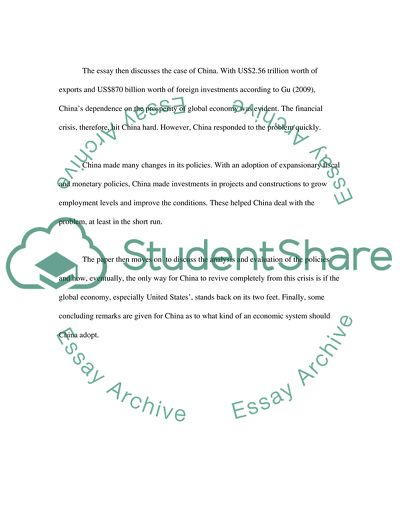Cite this document
(Reasons Behind the Global Financial Crisis of 2008 Research Paper, n.d.)
Reasons Behind the Global Financial Crisis of 2008 Research Paper. Retrieved from https://studentshare.org/macro-microeconomics/1732308-credit-crunch-2008-causes-and-progress-of-one-country
Reasons Behind the Global Financial Crisis of 2008 Research Paper. Retrieved from https://studentshare.org/macro-microeconomics/1732308-credit-crunch-2008-causes-and-progress-of-one-country
(Reasons Behind the Global Financial Crisis of 2008 Research Paper)
Reasons Behind the Global Financial Crisis of 2008 Research Paper. https://studentshare.org/macro-microeconomics/1732308-credit-crunch-2008-causes-and-progress-of-one-country.
Reasons Behind the Global Financial Crisis of 2008 Research Paper. https://studentshare.org/macro-microeconomics/1732308-credit-crunch-2008-causes-and-progress-of-one-country.
“Reasons Behind the Global Financial Crisis of 2008 Research Paper”, n.d. https://studentshare.org/macro-microeconomics/1732308-credit-crunch-2008-causes-and-progress-of-one-country.


